Hurricane Maria, a Category 4 hurricane only 2mph shy of Category 5, formed from an African easterly wave that moved across the tropical Atlantic Ocean soon devastating the island of Puerto Rico on September 20, 2017. The aftermath is something Puerto Ricans will never forget. The hurricane-battered island was demolished with houses split open with gaping holes in the infrastructure, trees stripped of every leaf, ghostly moonscapes of land and life, and the raking of the entire island. Research from the Climate Impact Lab shows that no larger area has been hit so comprehensively anywhere in the past 60 years, marking Maria as the most destructive Atlantic storm on record.
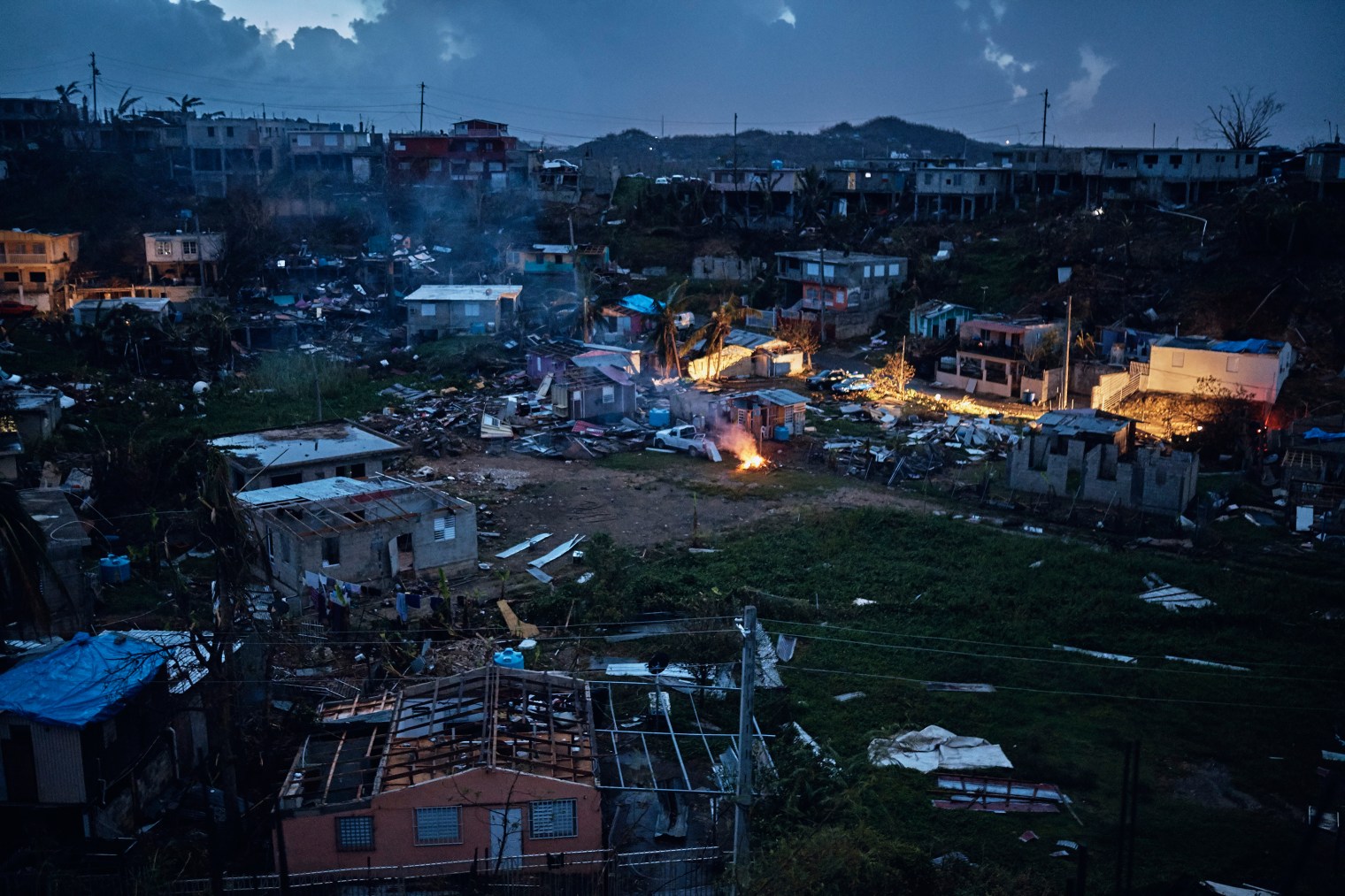
Reaching out to the United States for help, Puerto Ricans were infuriated that enough aid was not being provided. The Puerto Ricans waited for aid to come from their paternal country, receiving no help for many days. Diego Rivera, a resident in the poor San Juan neighborhood, who had his house ripped apart in pieces because of the storm, expressed his feelings for aid as he said, “And we’re still waiting. They haven’t done nothing yet.”
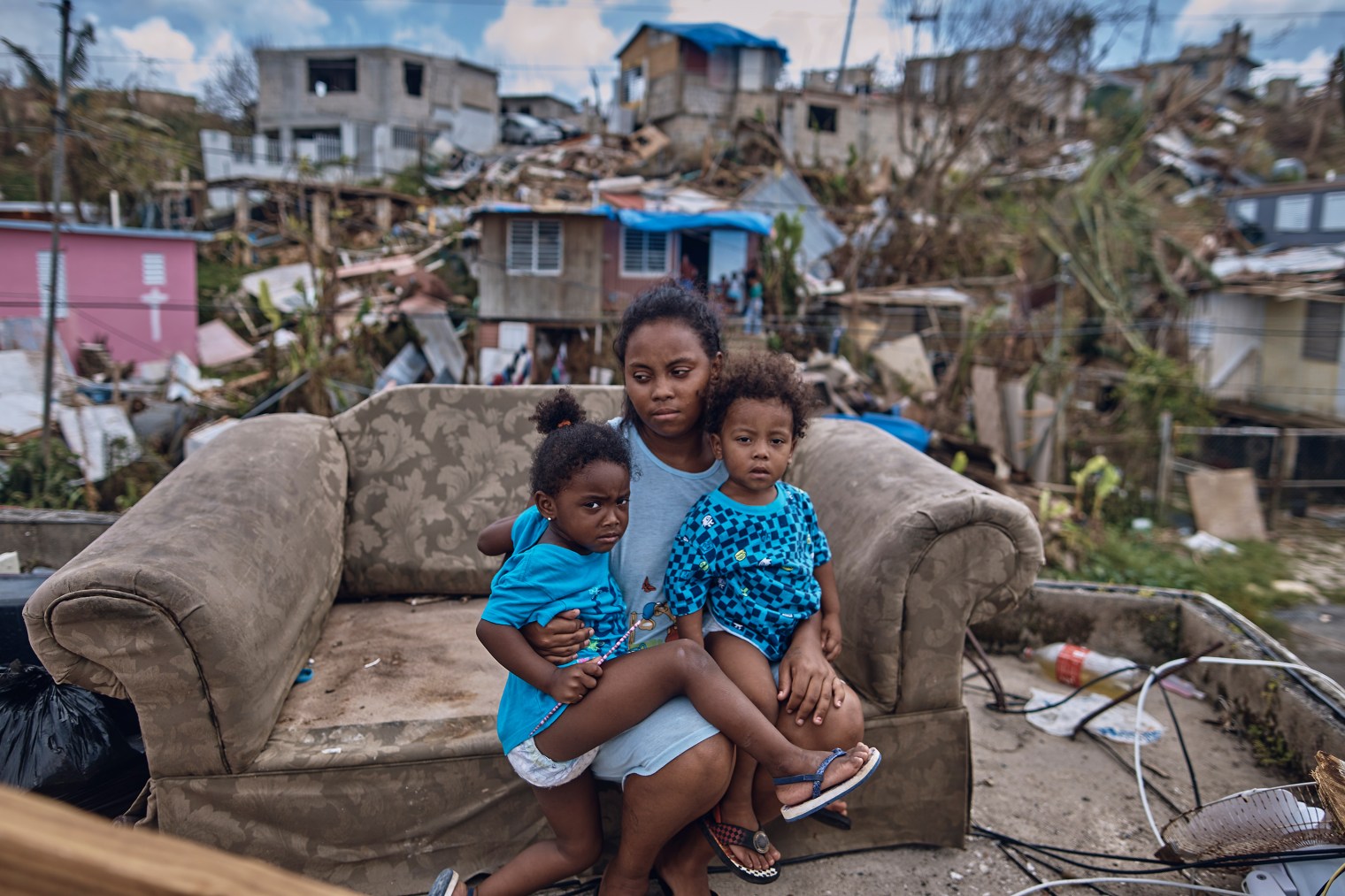
Puerto Rico, an already fragile island before the storm, was bankrupt in $72 billion in debt, and at a “position at landfall” as a year before Maria their electrical grid “collapsed entirely on its own” (TIME Newspaper). In a home near Utuado in early October, police saw a desperate “HELP” sign landing only to find people without any food or water.

Cruz the mayor of San Juan states, “If we’re going to rebuild and reconstruct, it has to be for the right reasons. We have to reshape our society. As awful as this has been, it’s an opportunity. We don’t want it to be about politics, we want it to be about lives.”
“A landscape that had been a lush green was suddenly the dun and dull color of trees stripped of every leaf, even pine needles. Puerto Rico’s hillsides resembled Vietnam’s after titanic battles, ghostly moonscapes devoid of life. Outside the city…[people were] crowded with cars parked so the driver could grab the signal from a rare operating cell tower above the exit. Along with the creaking electrical grid, Maria took down the water supply” (TIME Newspaper).
With the water supply gone and no electricity, things were not getting any better. Lack of communication only made recovery harder. The blackout caused by the hurricane would be the longest in U.S. history. However, the desperate people found other ways to go about living.
A woman was found shampooing her hair above rapids where a bald man had “washed his socks” (TIME Newspaper). Like this, many other people showered and rinsed off in dirty infested rivers and polluted waters.
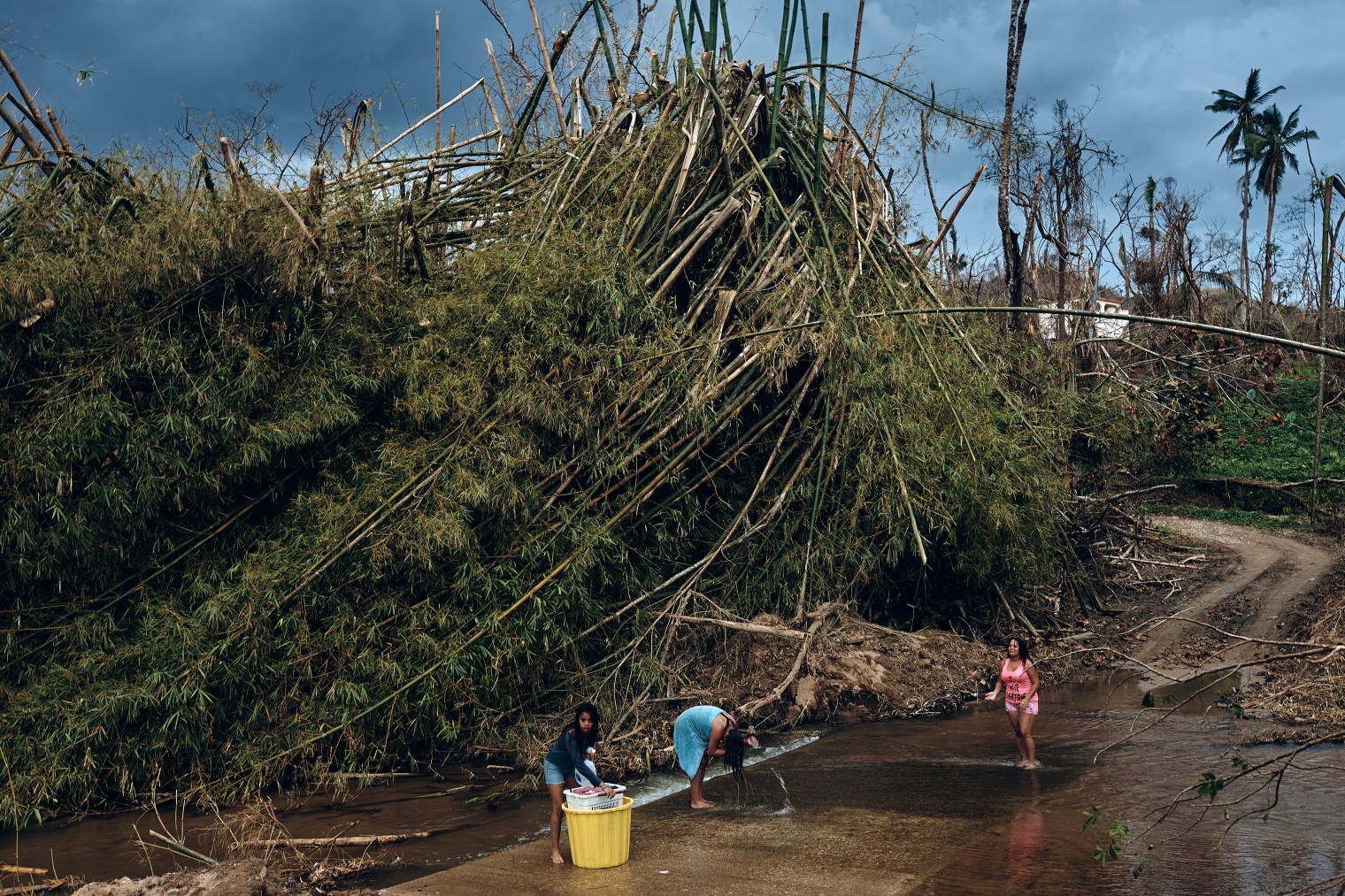
There was no intact corner of the island to stage a recovery effort. “We were completely disconnected,” says Governor Ricardo Rosselló, who spent the first days answering new emergencies. Some 2,000 people were rescued from flash floods and then a damaged dam required a massive evacuation.
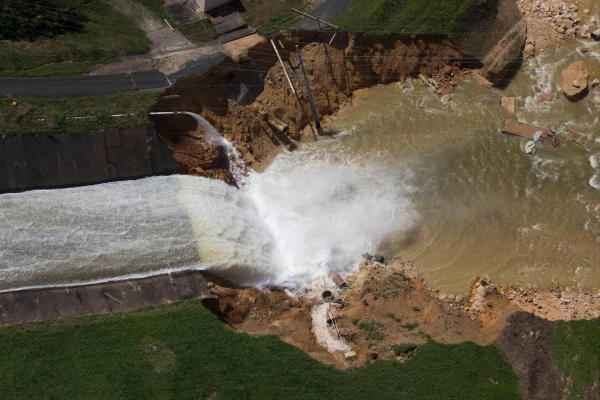
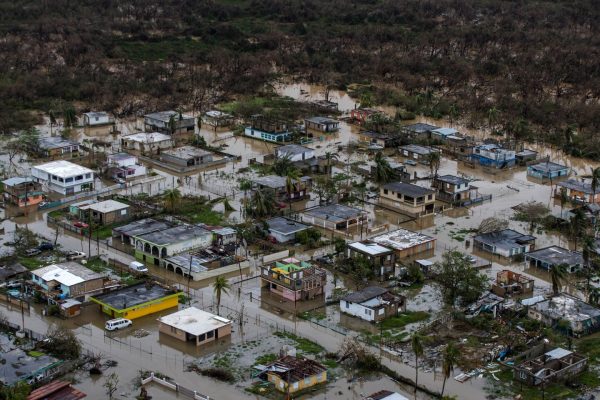
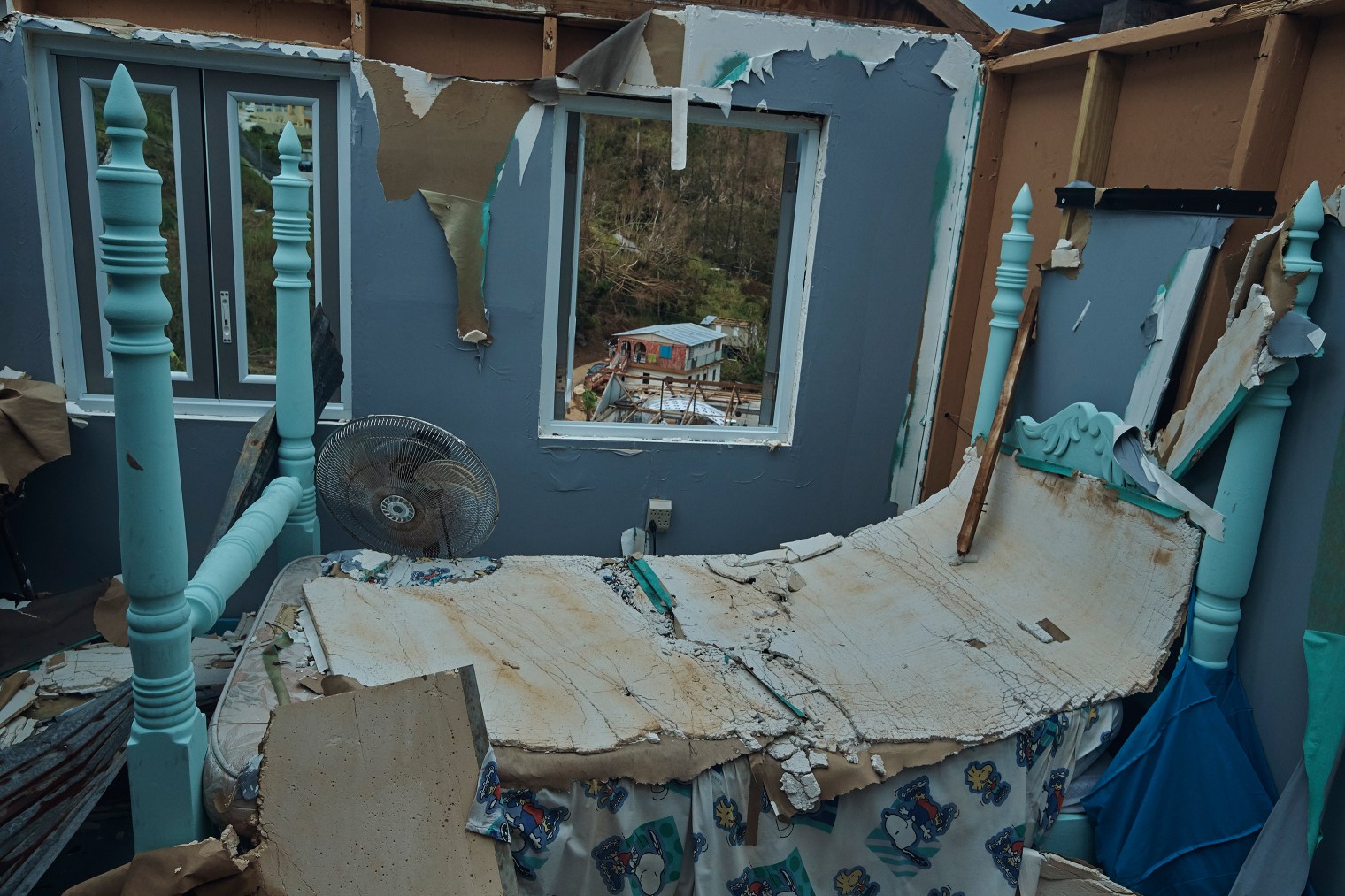

In the immediate aftermath of the storm, many residents of rural areas couldn’t get to the remaining open medical facilities because of damage to mountain roads. Because of this disruption to basic services and infrastructure, thousands of Americans [and Puerto Ricans] died over the next few months. Maria exposed years of neglected maintenance of the power grid and highlighted the vulnerability of many people who were living with very little. The hurricane caused untold suffering in Puerto Rico, but the response to the storm revealed the resourcefulness and resilience of Puerto Ricans and showcased the dedication of thousands of federal responders, power industry workers, and concerned individuals. The lights came back on all over Puerto Rico, community by community, month by month” (US Army Corps of Engineers).
By using 51 million replacement parts as well as three thousand USACE volunteer personnel and other business partners, the efforts to restore power in Puerto Rico were successful.
Puerto Ricans, after experiencing the tragedy, learned to keep water, flashlights, food, and battery packs in their house to be somewhat prepared if another Maria hits them. And despite being seven years since the hurricane, restoration and recovery efforts are still ongoing and continuing on the Island.
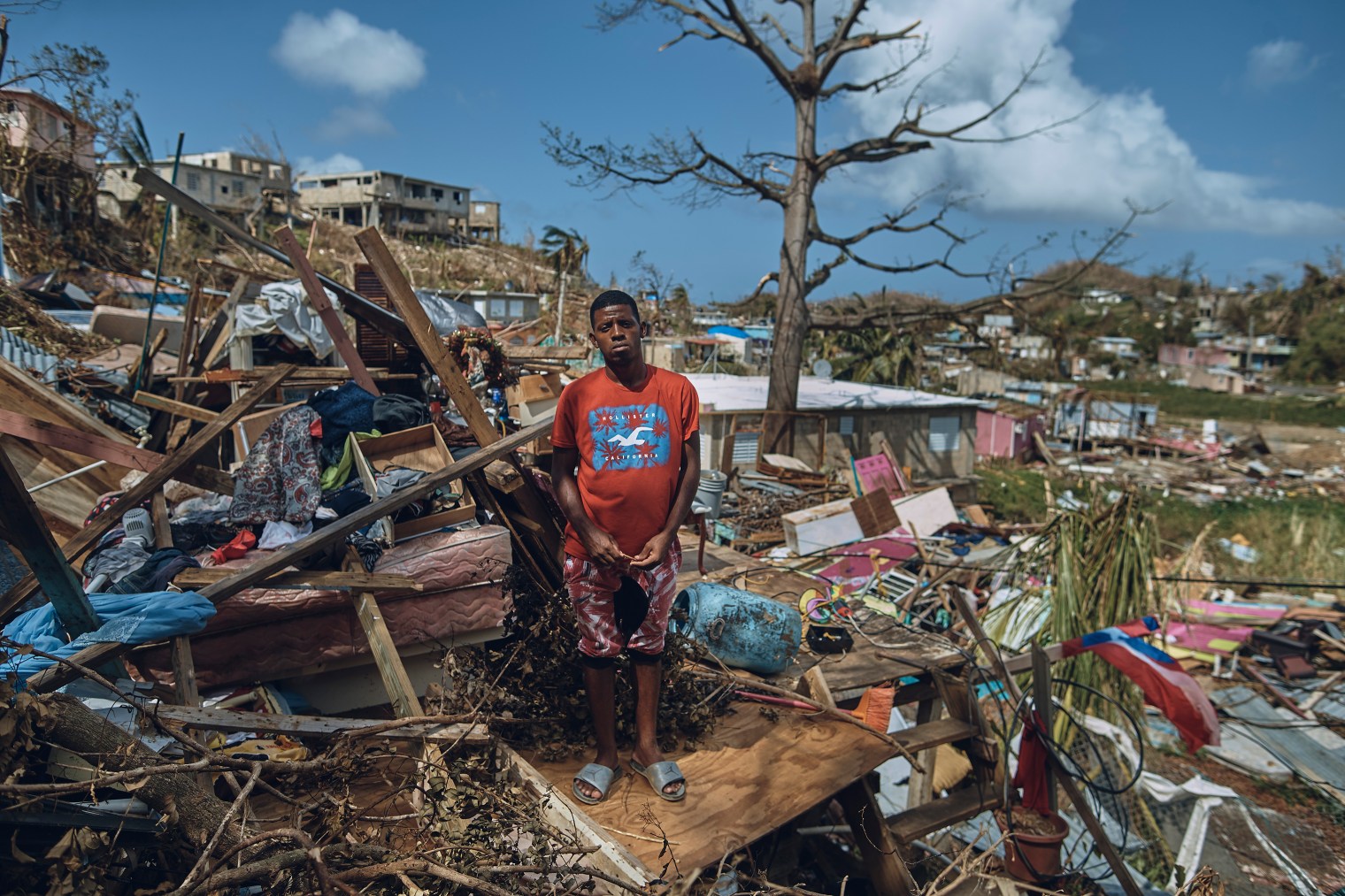
Main Sources – For More Information
Puerto Rico Photos: Aftermath of Hurricane Maria – (TIME Newspaper)
Hurricane Maria Disaster Response – (US Army Corps of Engineers)
Hurricane Maria: ‘Thousands of people could die.’ 70,000 in Puerto Rico urged to evacuate with dam in ‘imminent’ danger of failure – (The Washington Post)

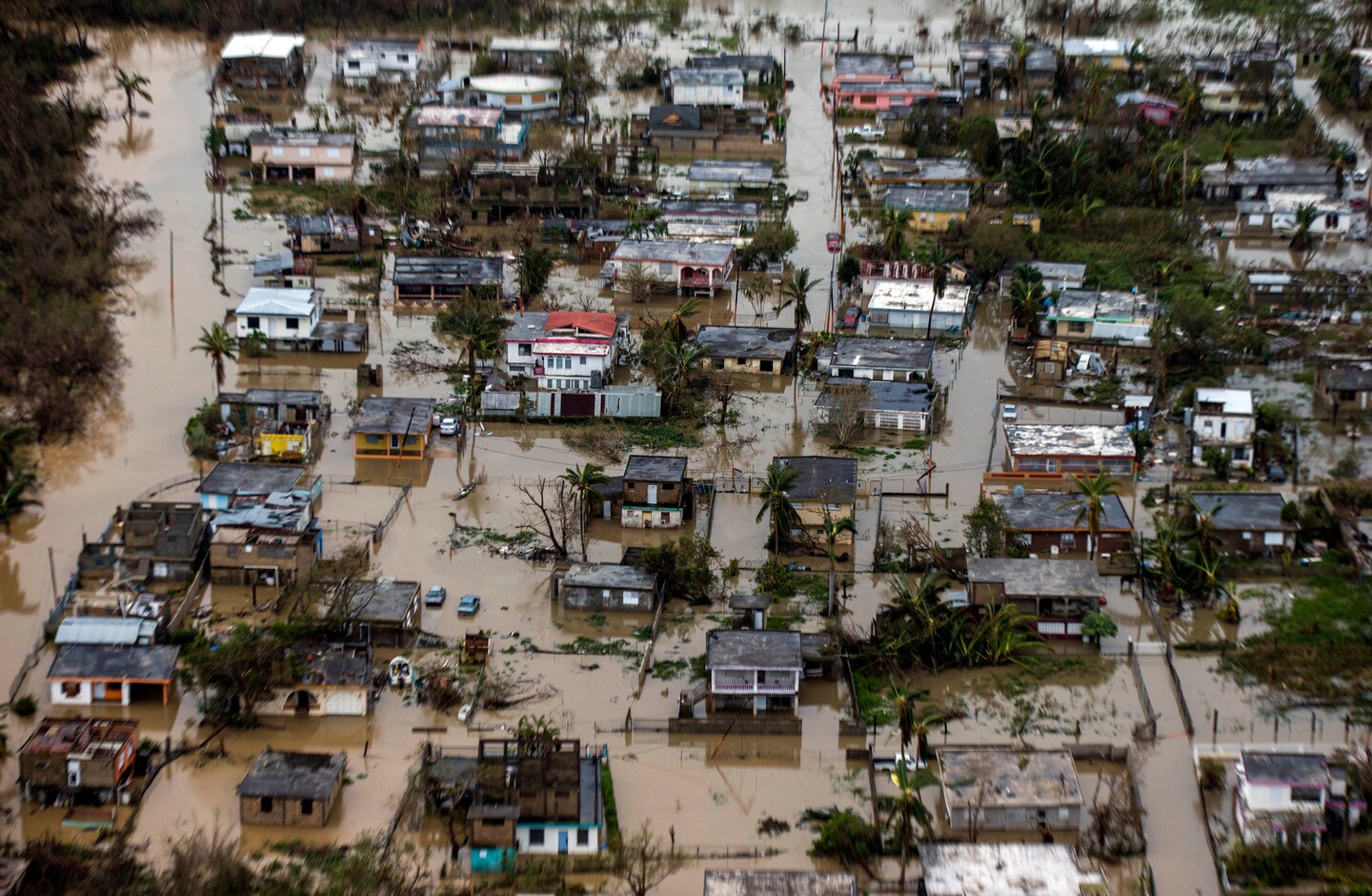

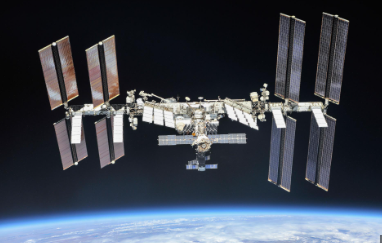
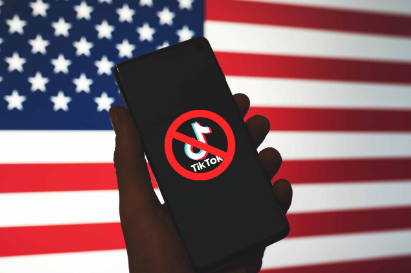

Ms. Malhan • May 19, 2024 at 12:14 pm
Great article, Riya! I am impressed with you bringing world concerns to light!